Phloem Transport – Flow from Source to Sink
Phloem Transport - Transport of phloem saps from the sugar source to the sugar sink takes place. For the plants specifically angiosperms are observed to having pressure flow hypothesis for their phloem translocation.
Definition of Phloem - Phloem is a complex tissue made up of sieve tubes, sieve cells, phloem parenchyma, and phloem fibres. Among them phloem fibre is the only dead tissue and other are all living.
Phloem Transport - This is a type of transport where food that produce in the Green leaves where transported to different parts of the plants. Phloem transport is bidirectional that means it transported to different direction to send the food in different parts of the plant.
Characteristics of the phloem sap translocation by reassure flow hypothesis -
1. It is just opposite to the direction of xylem flow which occurs from roots to leaves in upward direction and in phloem in different directions.
2. Generally sieve tubes of phloem carries from sugar source to sugar sink.
3. Sugar source indicates the mature leaf or a specific regions plant organ where the photosynthesis takes place. There either photosynthesis produces sugar to that part or it causes dissociation of the starch which stored as extra food to produce sugar.
4. Sugar sink means it is the specific part of the organ of the plant body where the parts absorb sugar or they store the sugar. Such as growing roots, stem tips of the plant.
5. Phloem sap (the food that produce by photosynthesis) flows from the source to the sink as fast as the speed of 1 metre /hour.
6. Phloem sap transport takes place by the process of cytoplasmic streaming or diffusion.
7. Phloem tissue causes flow of fluid due to the bulk pressure which created for the flow of phloem sap from the sugar source to the sugar sink.
8. As sugar concentration increases in the source it increases water potential and allows the water to enter the tube.
9. Due to removal of sugar, concentration is decreases to the sink which decreases water potential and obstacles the water to flow in the tube.
10. The difference in hydrostatic pressure causes the water phloem sap to be transported from the source to the sink.
11. Transport of sugar by the phloem can be divided into three. They are-
(i) Short term Transport - In short term transport sucrose is accumulated in some organs and then transported by the mesophyll tissue to the phloem tube is via two processes – apoplast and symplast.
(ii) Long distance Transport - At the long distance bulk flow of phloem sap occurs as a result of through the sieve tubes from the organs from the phloem source to the phloem sinks.
(iii) Cellular Transport - At the cellular level sucrose is transported by the cell membrane and entered the phloem tissue by means of active transport (this is a type of transport where the molecules move against the concentration gradient by using the pump which use ATP molecules for energy).
From Phloem Transport – Flow from Source to Sink to HOME PAGE
Recent Articles
-
What Is Plasma? | Blood Plasma | Proteins | Nutrients | Cholesterol
Nov 07, 25 10:29 AM
Blood is a mobile fluid which is a connective tissue and is derived from the mesoderm like cell any other connective tissue. Colour of blood is reddish and that flows inside the blood vessels by means… -
Disorders of Respiratory System | Tuberculosis | Pleurisy | Emphysema
Oct 28, 25 11:39 PM
Tuberculosis is very common disease and is caused by a type of bacteria called Mycobacterium tuberculosis. This disease causes different trouble in the respiration and infection of several parts of th… -
Regulation of Respiration | Respiratory Centres | Inspiratory Area |
Oct 14, 25 12:13 AM
Respiratory Centre is the area that controls the rate of respiration and it is observed to be located in medulla oblongata and pons. Respiratory Centre has the following will dispersed components like… -
Explain Transport of Gases | External Respiration | Tissue Respiration
Oct 09, 25 11:35 PM
In humans gaseous exchange is completed in the following ways the steps are - External Respiration or Breathing - Breathing in false taking in of Oxygen and giving out of carbon dioxide in the body. M… -
Kind and Number of Teeth | Location of Teeth in Mouth | Care of Teeth
Sep 11, 25 12:52 AM
Kind and Number of Teeth
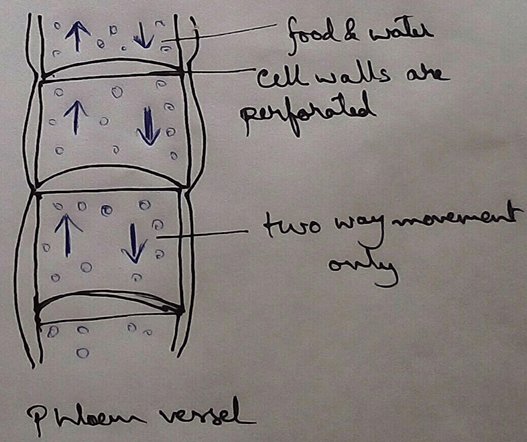
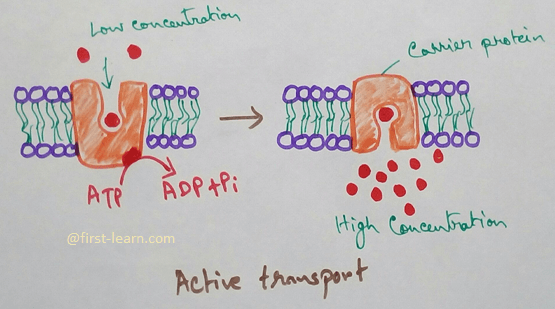
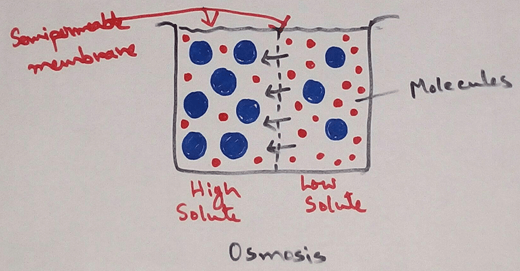
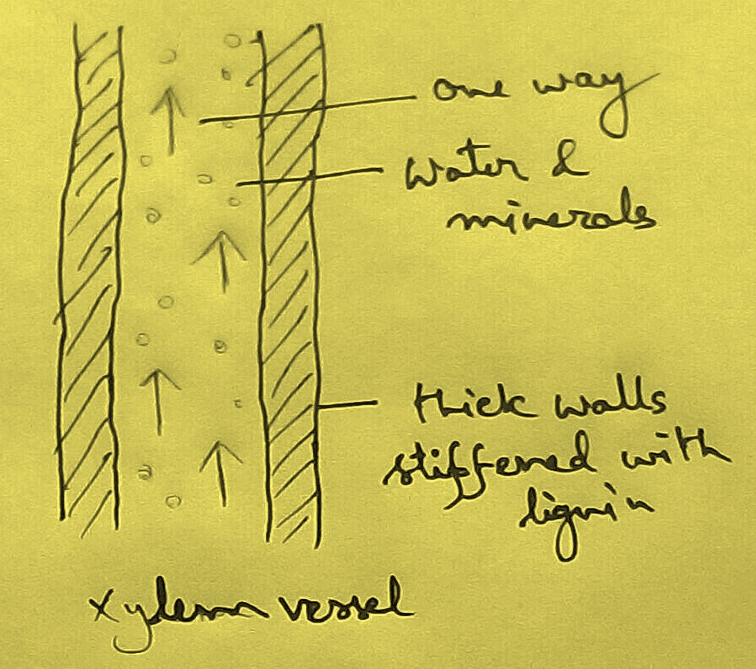
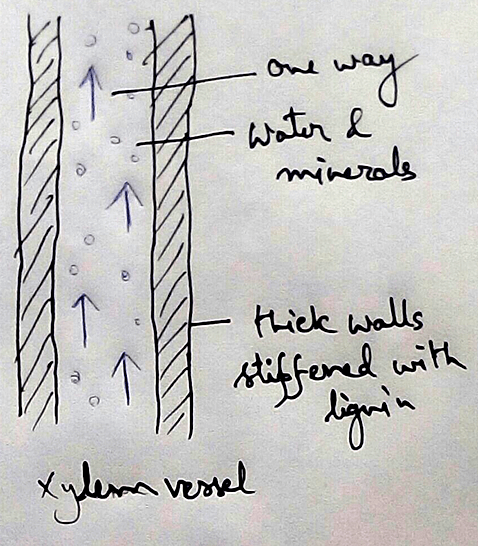
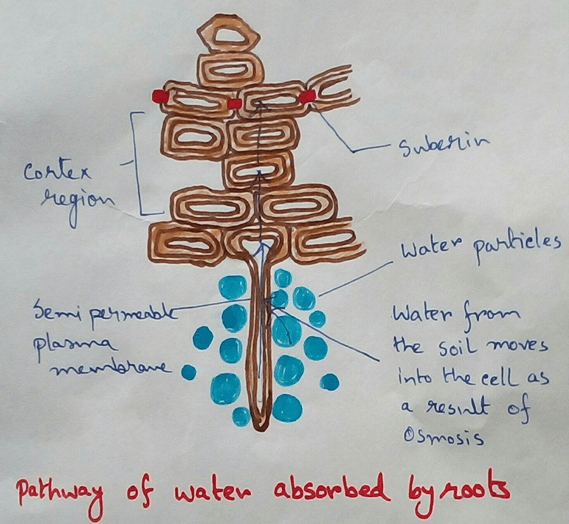

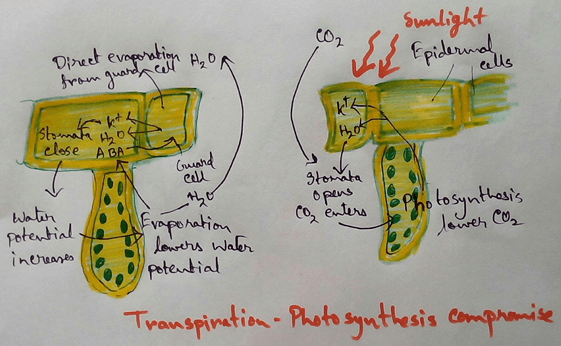
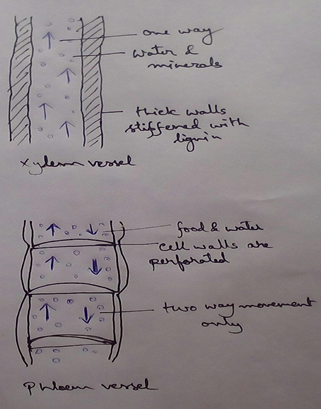
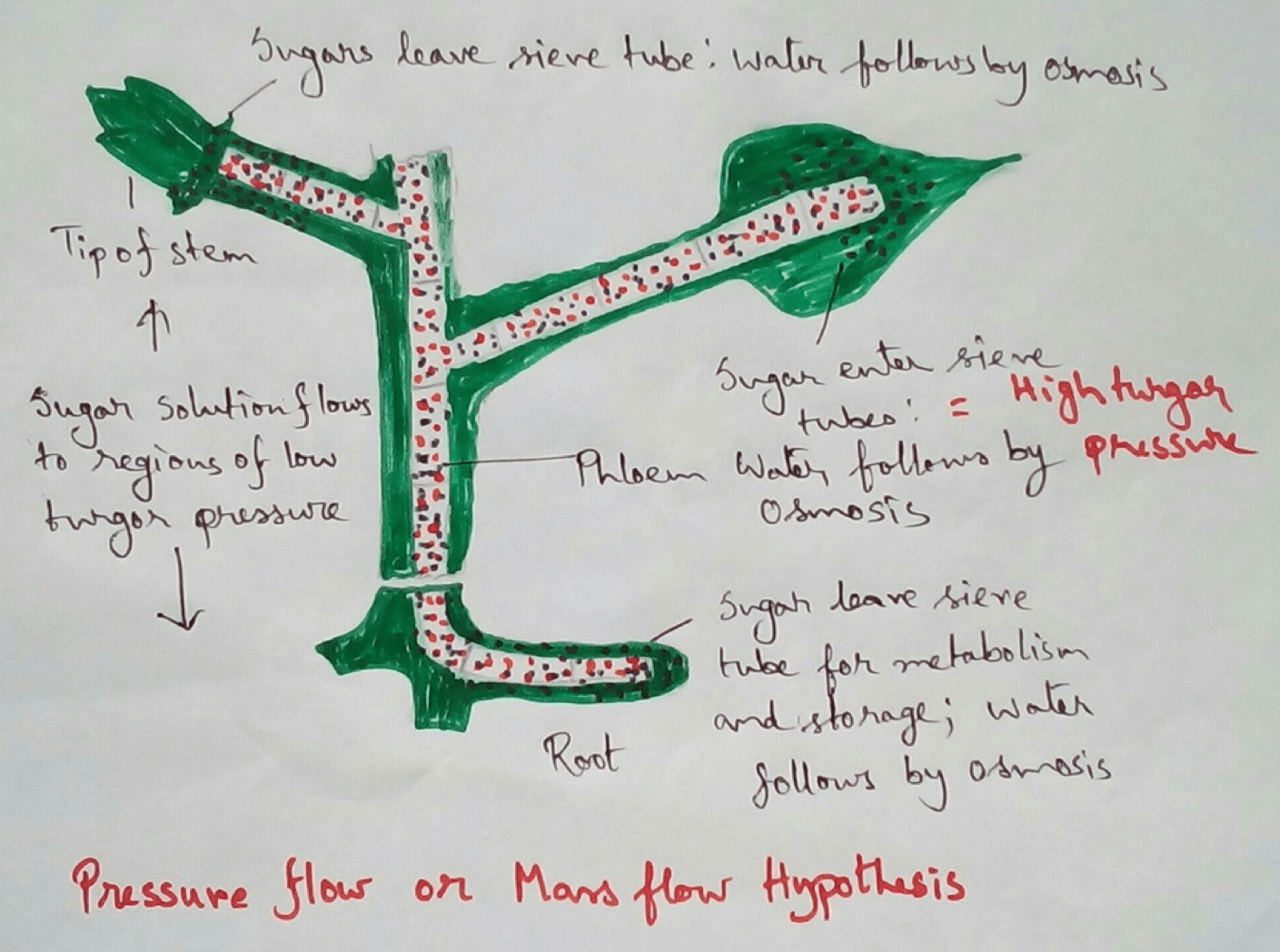






New! Comments
Have your say about what you just read! Leave me a comment in the box below.